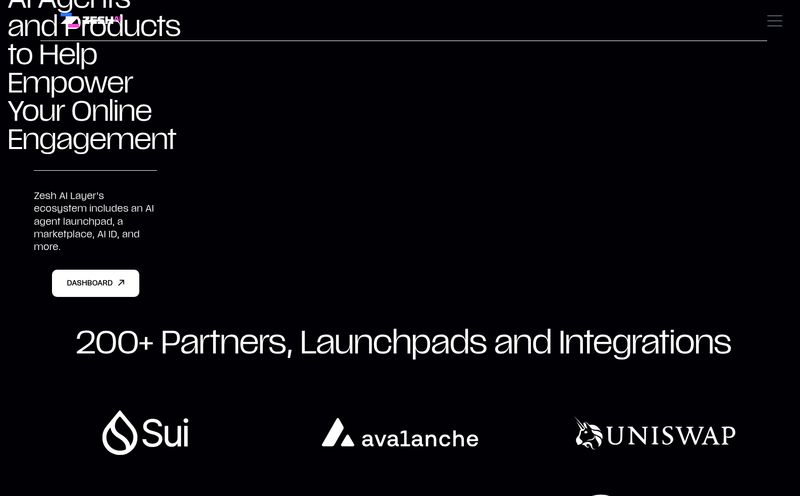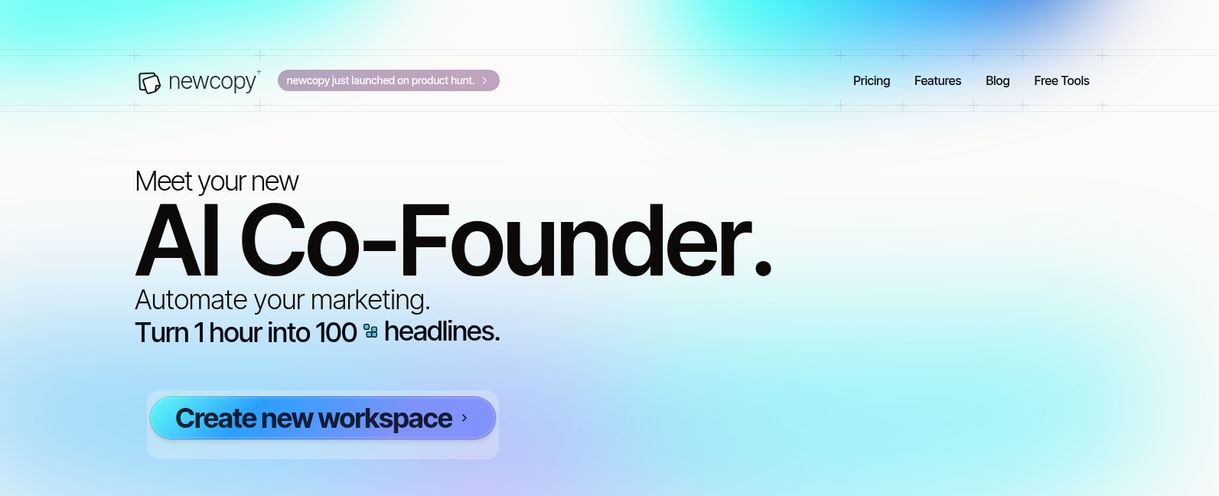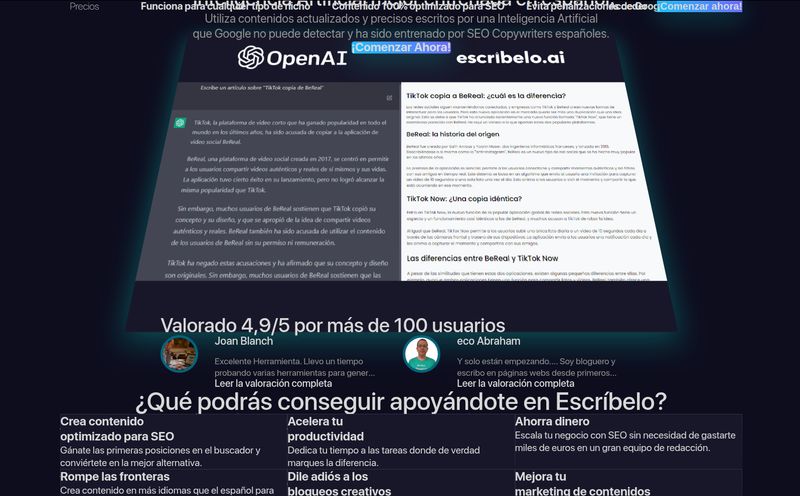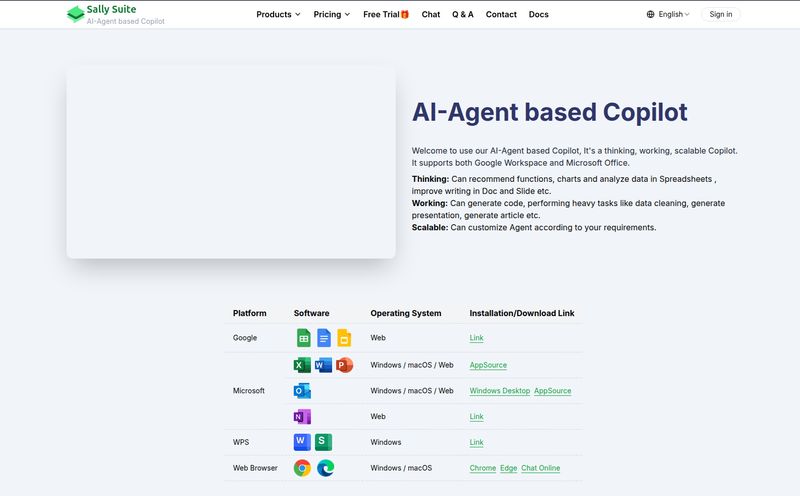Let’s have a little chat. You and me, app developer to marketer, or maybe you wear both hats like I have for more years than I care to admit. We live in a world of metrics. DAU, ARPU, LTV, CPI... it’s an alphabet soup of success and failure. The biggest beast of them all? Monetization. You can have the slickest app or the most addictive game, but if your monetization strategy is leaky, you’re just pouring water into a bucket with a hole in it.
It’s a grind. A real, honest-to-goodness grind. We spend hours, no, weeks, tweaking button colors, testing ad frequencies, and arguing with the team over whether that ‘starter pack’ should be $4.99 or $5.99. We run A/B tests that give us inconclusive data, and we base huge decisions on gut feelings and what the competition seems to be doing. It's exhausting, and I’ve always felt there had to be a better way.
Lately, I've been hearing whispers about a platform called Revmore. The promise is seductive: using AI to take the guesswork out of optimizing both In-App Purchases (IAP) and In-App Advertising (IAA). So, I pulled on my research cap, grabbed a strong coffee, and decided to see if this is the real deal or just another shiny object in the ever-distracting world of martech.
What Exactly is Revmore?
Okay, let's break it down. Revmore isn't trying to be your all-in-one analytics suite or your user acquisition platform. It has a very specific, and frankly, very important job. It’s designed to be a brain for your app's economy. Using artificial intelligence, it looks at user behavior and automatically optimizes how you make money, whether that’s from selling virtual goods or showing ads.
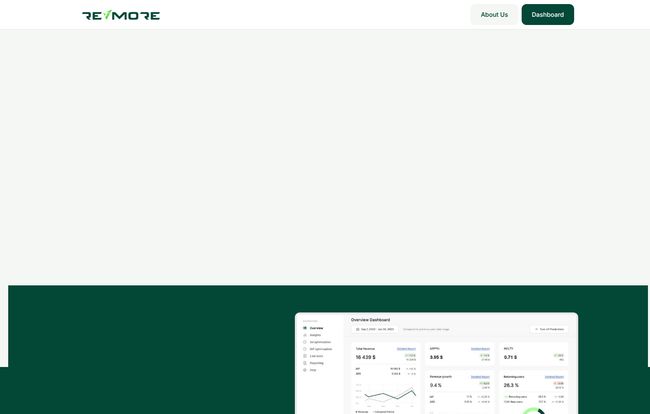
Visit Revmore
Think of it as a hyper-intelligent shopkeeper for your digital store. While you're busy fixing bugs or planning the next feature, Revmore is in the background, constantly rearranging the shelves, testing new price points on specific items for specific user types, and figuring out the perfect moment to show an ad without annoying a player into churning. It's focused on one thing: getting more revenue out of the users you already have. And in a world of soaring user acquisition costs, that’s just smart business.
The Monetization Puzzle: Where Revmore Fits In
The mobile app space is a tale of two cities. On one side, you have IAP-heavy games and apps—think premium currencies, cosmetics, or feature unlocks. On the other, you have the IAA-driven model, where your revenue comes from rewarded videos, interstitials, and banners. And then there's the hybrid model, which most successful apps are now adopting. Juggling these is... complex.
- When is the best time to show an ad to a non-paying user?
- What's the right price for a bundle of gems for a user in Southeast Asia versus a user in North America?
- Is showing an ad right after a level loss going to push a user to quit, or encourage them to watch a rewarded video?
These are the million-dollar questions. Most of us try to solve them by creating broad user segments and running cumbersome A/B/C/D tests. Revmore’s proposition is to replace that manual labor with a self-learning algorithm that personalizes the approach at a much more granular level. It’s a shift from 'one-size-fits-most' to a truly individualized monetization experience.
Diving Into the Core Features
So what’s under the hood? From what I can gather, Revmore’s power comes from a few key capabilities that work together.
AI-Powered Revenue Optimization
This is the big one, the main event. It’s the core engine that analyzes player data and makes decisions. It's not just about A/B testing two options. It's multivariate testing on a massive scale. The AI can test hundreds of combinations of prices, offers, and ad timings simultaneously across your user base to find pockets of opportunity you’d never discover manually. It's the difference between checking two doors for a prize and having a machine that can check a thousand doors at once.
Smarter Storefronts with Customized Packages
I love this one. We've all seen it: the static, boring in-app store that looks the same for a brand new player as it does for a six-month veteran. It's a huge missed opportunity. Revmore aims to fix this by dynamically creating and presenting customized packages. Imagine a user who only ever buys small, cheap items. The AI might learn not to show them the expensive '$99.99 chest of gold', but instead, a unique, high-value '$9.99' bundle tailored just for them. It increases the perceived value for the user and the conversion rate for you. It's a win-win.
The End of Guesswork: Ad Interval A/B Testing
For those of us in the IAA world, ad frequency is a constant battle between revenue and retention. Show too few ads, and you leave money on the table. Show too many, and your users flee, leaving scathing 1-star reviews. Revmore automates the testing of ad intervals. It might find that one user segment responds well to an ad every 3 minutes, while another is much more tolerant and can see one every 90 seconds without a drop in engagement. This kind of dynamic optimization could have a huge impact on your eCPM and overall ad revenue.
Dynamic SKU Price Optimization
This is a classic e-commerce strategy, finally brought to the app world in a sophisticated way. Instead of setting a single global price for your 'Sword of Awesomeness' SKU, the AI can test different price points based on geography, user spending habits, or other behavioral triggers. This goes beyond simple currency conversion; it’s about finding the true market-clearing price for every micro-segment of your audience.
Getting Started: The SDK Integration Question
Okay, let's address the elephant in the room. To make all this magic happen, you have to integrate the Revmore SDK (Software Development Kit) into your app. For any dev team, hearing "new SDK" can trigger a mild headache. It means engineering time, testing, and another third-party dependency to manage. In my experience, tools that require an SDK integration are a double-edged sword. The bad? It's a commitment. You can't just 'try it out' for an afternoon. The good? An SDK integration is what allows for the deep, real-time data analysis that powers a tool like this. A web-only dashboard can't see what's happening inside the app. So while it’s a hurdle, it’s a necessary one for this level of optimization. You just have to weigh the potential upside against the development cost.
The Good, The Bad, and The Beta
No tool is perfect, especially one that's still relatively new. Here's my honest take.
What gets me excited is the sheer potential for time-saving and revenue lift. The idea of offloading the endless cycle of monetization A/B testing to an AI is incredibly appealing. It frees up your product and marketing teams to focus on bigger picture things, like creating a great user experience. The fact that it works for IAP, IAA, and hybrid models is a huge plus, reflecting the reality of the modern app market.
However, there are a few things that give me pause. First, the platform is still in a beta phase. This can be great—you get in early, maybe influence the product roadmap—but it can also mean some bugs or instability. Second, any tool that relies on user data is going to raise questions about privacy. As an industry, we have to be super careful about this, ensuring we have consent and are compliant with regulations like GDPR and CCPA. I'd want to look very closely at Revmore's data handling policies before jumping in. And of course, there's that SDK integration we just talked about.
So, What's the Price Tag?
Here's the million-dollar question for which I dont have a dollar figure. A cruise through Revmore's website doesn't reveal a pricing page with neat little tiers. This is pretty standard for B2B SaaS platforms like this. The pricing is likely customized based on your app's size (probably measured in MAU or DAU) and the level of service you need. It might be a revenue-share model, a flat subscription fee, or a hybrid of the two. To find out, you'll have to do what the site wants you to do: Book A Demo. This is where you talk to a human, explain your needs, and get a custom quote. It’s a higher-friction process, but for a tool this specialized, it makes sense.
Who is Revmore Really For?
I don’t think this is a tool for the hobbyist developer who just launched their first app. This is for established apps and game studios that have a meaningful number of daily active users and are already generating some revenue. If you're at the point where you have a dedicated product manager or monetization manager, and you're feeling the pain of manual optimization, then you're probably the prime audience. You have enough data for the AI to learn from and enough revenue potential to make the investment worthwhile.
Frequently Asked Questions about Revmore
Here are some quick answers to questions that might be rattling around in your head.
1. Does Revmore work for both games and non-game apps?
Yes. While the language often leans towards gaming (with terms like 'gems' and 'levels'), the core principles of IAP and IAA optimization apply to any app with a digital economy, whether it's a fitness app selling subscriptions or a utility app with a 'pro' version.
2. How much data does the AI need to start working effectively?
There's no magic number, but generally, machine learning models need a significant amount of data to produce reliable results. You’ll likely need at least several thousand daily active users for the optimizations to be statistically significant. This is something to discuss during a demo.
3. Is integrating another SDK going to slow down my app?
This is a valid concern. Most modern SDKs are built to be lightweight and asynchronous, meaning they shouldn't impact your app's performance or frame rate. However, it's always critical to conduct your own performance testing in a staging environment before pushing to production.
4. Can I control the AI or set certain rules?
I would assume so. Most platforms like this offer a dashboard with controls and guardrails. For example, you might want to set a maximum ad frequency or prevent the AI from offering certain items at a discount. You don't want your premium economy to collapse because the AI got a little too aggressive with its sales!
5. What if I only use In-App Ads and not purchases?
Revmore should still be valuable. The ability to automatically test and optimize ad placements and frequency to maximize IAA revenue without torpedoing your user retention is a powerful feature all on its own.
My Final Thoughts on Revmore
Look, the future of so many industries is AI-driven optimization, and app monetization is no different. The days of setting your prices and ad strategy once and then forgetting about it are long gone. The market is too competitive. Tools like Revmore represent the next logical step: handing over the tedious, complex, and data-heavy work of monetization optimization to a machine that can do it better and faster than a human ever could.
Is Revmore the right tool for everyone? No. If you're just starting out, focus on your core product first. But if you're a serious player in the app space struggling to move the needle on your ARPU, it seems like a very compelling solution that is, at the very least, worth a conversation. Booking a demo might just be the most valuable 30 minutes you spend this quarter.
In a field where a 5% increase in conversion can mean hundreds of thousands of dollars, investing in a smart brain for your app's economy doesn't just feel like a good idea—it feels inevitable.
References and Sources
For more reading on the challenges and strategies in mobile app monetization, I often turn to industry staples. A good starting point could be the resources available on sites like Game Developer (formerly Gamasutra) or PocketGamer.biz, which frequently cover the nuances of IAP and IAA strategies.
